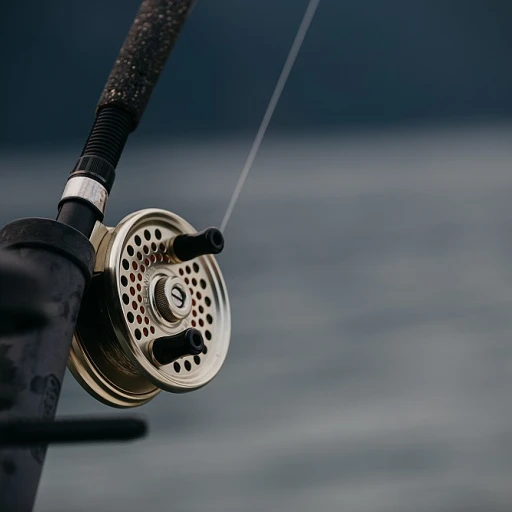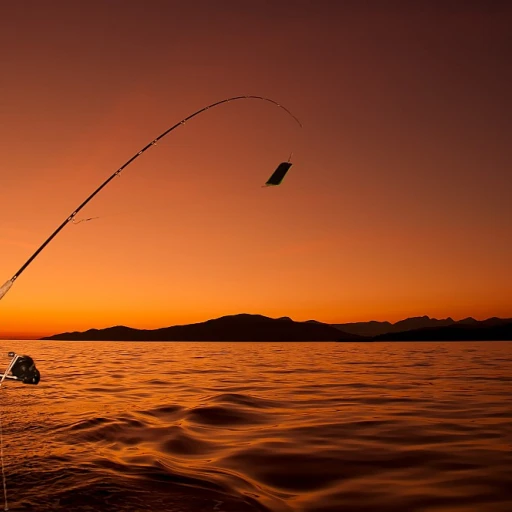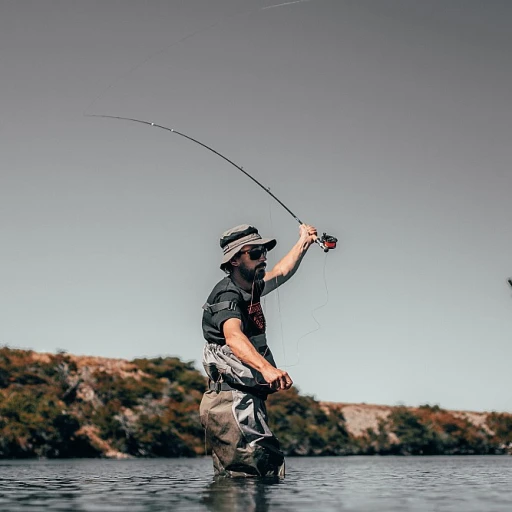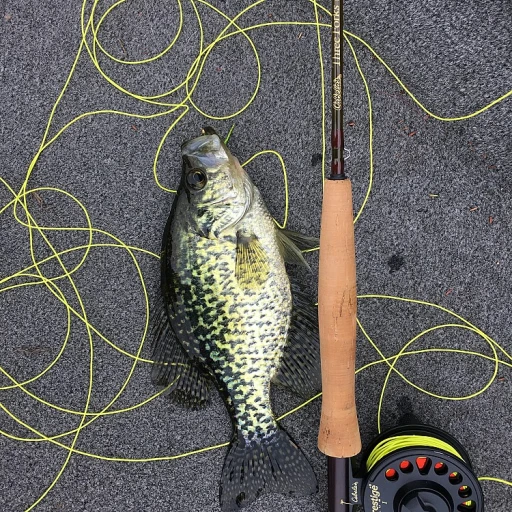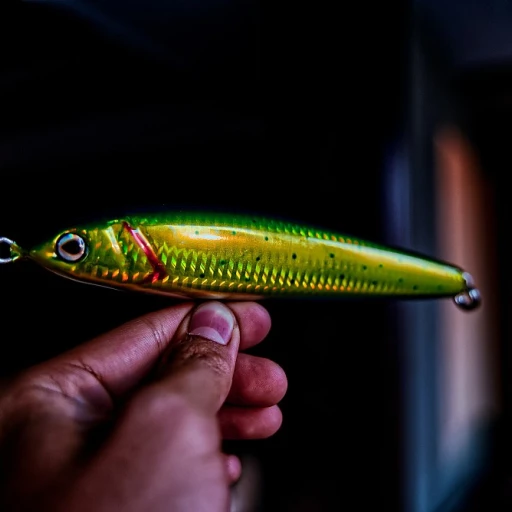
Understanding Fishing Rod Ferrules
Decoding the Essentials of Fishing Rod Ferrules
Understanding fishing rod ferrules is essential to mastering the art of maintaining and repairing your rods. Ferrules are the joints where two rod sections connect, and they play a crucial role in maintaining the structural integrity and flexibility of your rod. Each fishing rod may have multiple ferrules, depending on its length and design. There are typically two types of ferrules you need to know about:- Male Ferrule: Fits into the female ferrule and is usually located closer to the rod's handle or reel.
- Female Ferrule: Accommodates the male ferrule, ensuring a snug connection between rod sections.
Tools and Materials Needed
Gather Essential Tools and Materials
Replacing fishing rod ferrules is a precise task that requires the right tools and materials to ensure the replacement is both effective and durable. Below is a list of what you will need:
- Heat Gun: Used to carefully remove any stubborn epoxy or glue without damaging the rod sections.
- Ferrule Wax or Epoxy: Essential for securing the ferrules in place, ensuring a snug and reliable fit.
- Grit Sandpaper: Necessary for smoothing out the rod blank or cane to fit the male and female ferrules snugly.
- Steel Wool: Perfect for cleaning the ferrules, removing corrosion or old adhesive.
- Drill Bit or Pin: Useful for removing old glue from inside the ferrules or for adjusting fits.
- Glue or Ferrule Adhesive: Specific glues designed for fitting ferrules that provide a reliable bond.
- Protective Gear: Items like gloves and safety glasses to protect yourself from heat and adhesives.
Understanding Your Material Choices
Depending on the type of rod you're working on, such as bamboo or graphite fly rods, the materials and their compatibility with ferrules will vary. Bamboo rods may require more traditional care due to their natural structure, while graphite rods can have specifics regarding the glue and ferrules used. It's important to match the glue and epoxy to your rod's material to prevent adverse reactions.
Why These Tools Matter
Each tool and material serves a specific purpose in the ferrule replacement process. For instance, the heat gun softens old glue, allowing you to remove loose ferrules without damaging your rod blank. Similarly, using products like ferrule wax can help in maintaining your rod's performance post-replacement, helping avoid issues such as a loose ferrule during your next fly fishing adventure.
Making the Right Choice
When selecting your tools and materials, consider the characteristics of your fishing rod and the type of trips you usually embark on, as these factors may influence the best choices for your replacement job. Sourcing these materials from a reputable rod shop can also ensure you're using high-quality equipment, minimizing the risk of errors and enhancing the rod's longevity.
Step-by-Step Guide to Ferrule Replacement
Guided Steps to Swap Out Your Fishing Rod Ferrules
When embarking on the process of replacing rod ferrules, precision and care are critical. A methodical approach ensures that both the male ferrule and female ferrule fit together seamlessly, safeguarding the integrity of your prized rod.- Preparation
- Removing Damaged Ferrules
- Fitting the New Ferrule
- Securing the Ferrule
- Final Adjustments
Common Mistakes and How to Avoid Them
Avoiding Common Errors in Ferrule Replacement
Replacing fishing rod ferrules by hand can be a meticulous task, and knowing the pitfalls ahead of time can help you avoid them. Here are some common mistakes anglers make and how to steer clear of them:- Incorrect Sizing. A common issue is choosing the wrong size for the male or female ferrules, resulting in a poor fit. Ensure both the ferrules and rod ferrule station are correctly sized. Use a drill bit to measure the inside diameter of the rod blank accurately.
- Poor Adhesion. When using epoxy or glue to secure the ferrules, ensure that both surfaces are clean and free of debris. Grit sandpaper can be used to roughen the surfaces slightly for better adhesion. Don't forget to apply just enough heat with a heat gun to ensure the glue sets properly.
- Overheating parts. Applying too much heat can damage the rod sections, especially those made from bamboo or cane. A gentle approach with the heat gun is crucial to preventing damage.
- Over-twisting. When fitting ferrules, avoid the temptation to twist them too tightly. This can lead to a loose ferrule over time or damage the rod. Ensure a snug fit without overexerting force.
- Ignoring debris. Before joining rod sections, clean out any debris that might impede a secure fit. Steel wool or a small brush can effectively remove any obstructions from the rod ferrule.
Maintaining Your Fishing Rod After Ferrule Replacement
Post-Replacement Care for Your Fishing Rod
Ensuring that your fishing rod remains in pristine condition after replacing the ferrules is key to its longevity and performance. Here are several steps and precautions to take following the ferrule replacement:- Check the Fit: After the new ferrule is installed, test the connection between the male and female ferrules. Both should fit snugly without being too tight. A loose ferrule can lead to damage or breakage, while one that's too tight may make disassembly difficult.
- Use Ferrule Wax: Applying ferrule wax to the male ferrule will facilitate smooth assembly and disassembly, reducing the wear on both the male and female sides. It also helps in maintaining a tight fit and preventing any movement that might occur during fly fishing.
- Regular Inspections: Periodically inspect your rod sections for any signs of wear or damage around the ferrule areas. This includes checking for cracks, bent parts, or degraded epoxy.
- Clean Thoroughly: Keep the rod clean by wiping it down with a soft cloth. For cleaning the ferrules themselves, steel wool can be used carefully to remove any residue or oxidation.
- Store Properly: Store your rod in a dry place where it won’t be subject to extreme temperature changes. Humidity can particularly affect bamboo and cane rods, so ensure they’re stored in climate-controlled areas.
- Be Mindful of Disassembly: When taking your rod apart, avoid using excessive force on the ferrules. A gentle twist and pull should suffice; if resistance is felt, investigate for any dirt or issues that may need addressing.
When to Seek Professional Help
Knowing When to Consult a Professional
In certain situations, no matter how skilled you are with handling fishing rods and ferrules, consulting a professional might be the best course of action. Attempting to replace ferrules without proper expertise can sometimes lead to more harm than good, especially if you're dealing with high-end fly rods or special materials like bamboo cane.- Complicated Rod Sections: If your fishing rod's ferrule system seems overly complex or if your rod blank has been customized, it might be wise to refer to a rod shop. They have specialized tools like grit sandpaper and ferrule stations to ensure precise fitting ferrules.
- High-Value Rods: For expensive fly fishing rods, maintaining their value is vital. Incorrectly removing or fitting a ferrule can devalue your rod. Professional hands can ensure the task is done with care using the right pin, epoxy, and heat.
- Persistent Problems: If you frequently experience loose ferrules despite your efforts, the male ferrule or female ferrule may require inspection for hidden defects. Skilled professionals can assess and rectify these issues.
- Damage During Replacement: Hasty or incorrect usage of tools like heat guns or excessive glue can cause damage that is difficult to rectify at home. Professionals can carefully manage such risks.
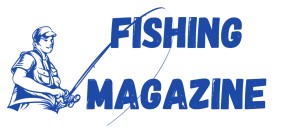
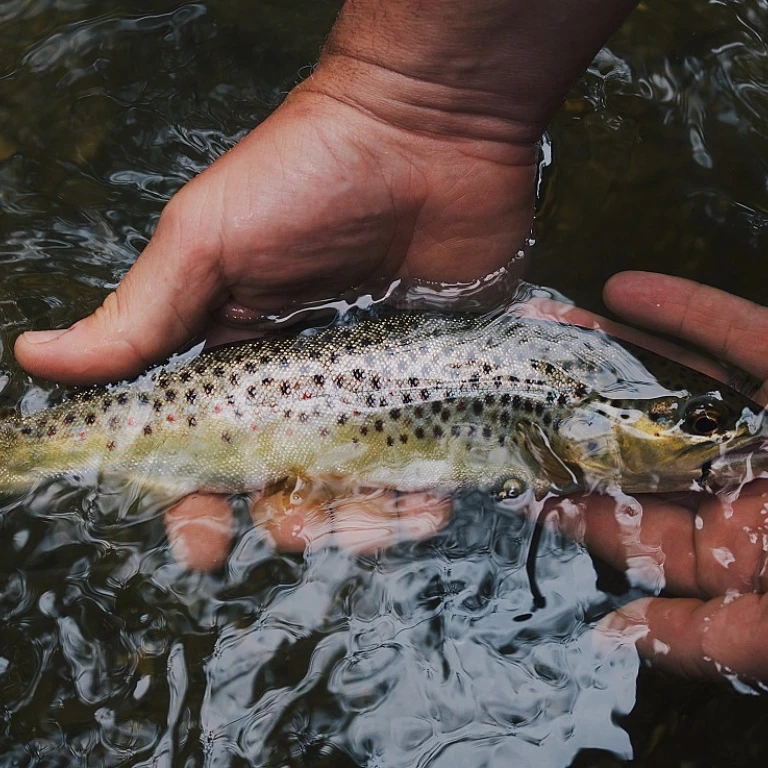
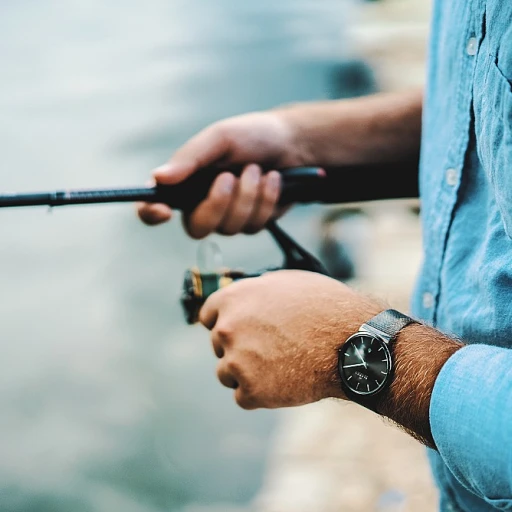
-large-teaser.webp)

